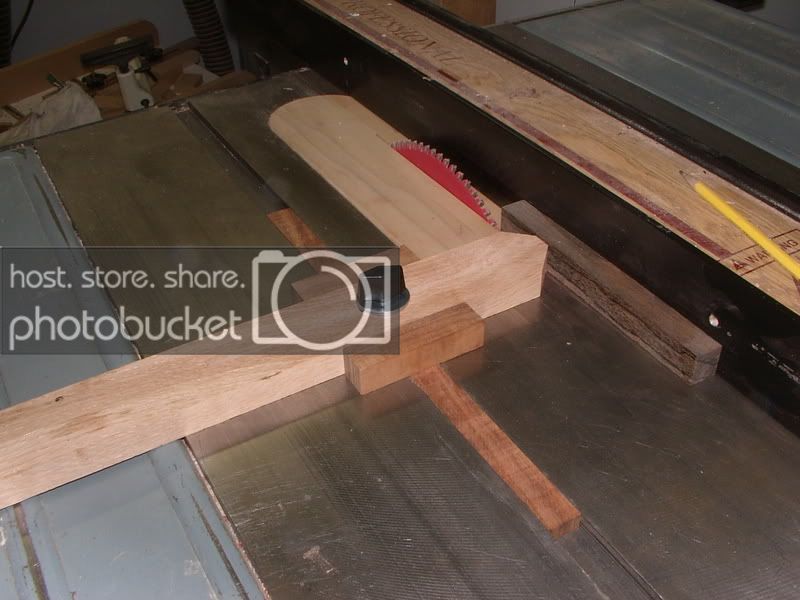thrustmonkey
Member
I've been trying to make wood slices for celtic knots that are consistent in their thickness with no luck. I've tried using stop blocks, I even spent quite a bit of time making a jig for my miter saw and just can't seem to get any kind of repeatability in my cuts.
I've tried using my table saw but it throws the slices all over the shop.
I was wondering how much "play" or variance other members allow in their slices before it starts showing up in their knots. I'm trying for .065 and I'm getting .062 - .068. Any help would be greatly appreciated.
Ross
I've tried using my table saw but it throws the slices all over the shop.
I was wondering how much "play" or variance other members allow in their slices before it starts showing up in their knots. I'm trying for .065 and I'm getting .062 - .068. Any help would be greatly appreciated.
Ross


